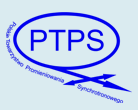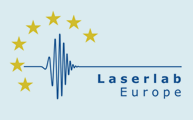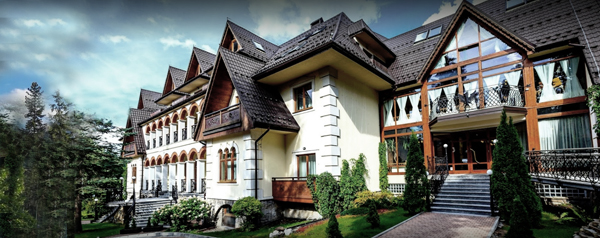General information
Polish Synchrotron Radiation Society - PSRS (www.synchrotron.org.pl) has been organizing this International School and Symposium on Synchrotron Radiation since 1991. The aim of our interdisciplinary meeting is to bring together scientists and students working with synchrotron radiation. ISSRNS is a traditional forum for discussing fundamental issues of application of the synchrotron radiation and related methods in natural sciences. The goal of this interdisciplinary Symposium is to bring together users (scientists and graduate students) of synchrotron radiation. The meeting will focus on novel applications of synchrotron radiation in physics, chemistry, material and life sciences.
The 14th International School and Symposium on Synchrotron Radiation in Natural Science (ISSRNS’2019) will be organized in cooperation with Adam Mickiewicz University in Poznan, Poland (www.amu.edu.pl) in hotel “Belvedere” in Zakopane, Poland on 9-14 June 2019.
The programme of the Symposium will comprise invited lectures (40 minutes), oral communications (20 minutes) and poster presentations. The abstracts of all presentations presented on ISSRNS will be published in a volume of Synchrotron Radiation in Natural Science, and the proceedings in a reputable international journal. The official language of the meeting is English.
| Programme of the conference | ........... |  |
| Timetable of the conference | ........... |  (TO BE UPDATED) (TO BE UPDATED) |
Sponsors:




Industrial Partners:






